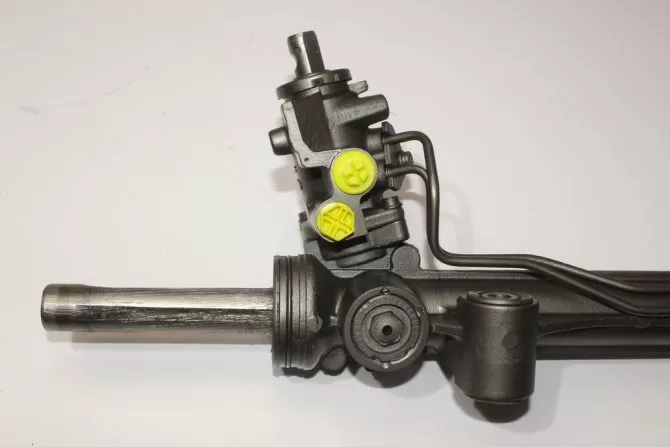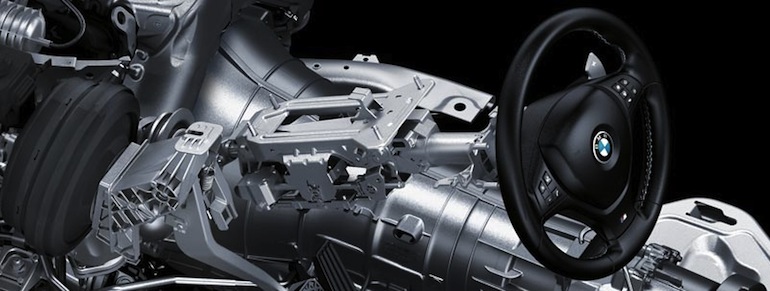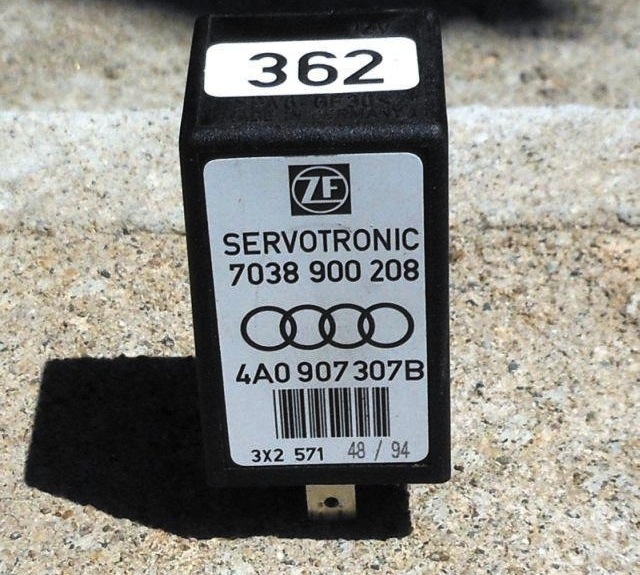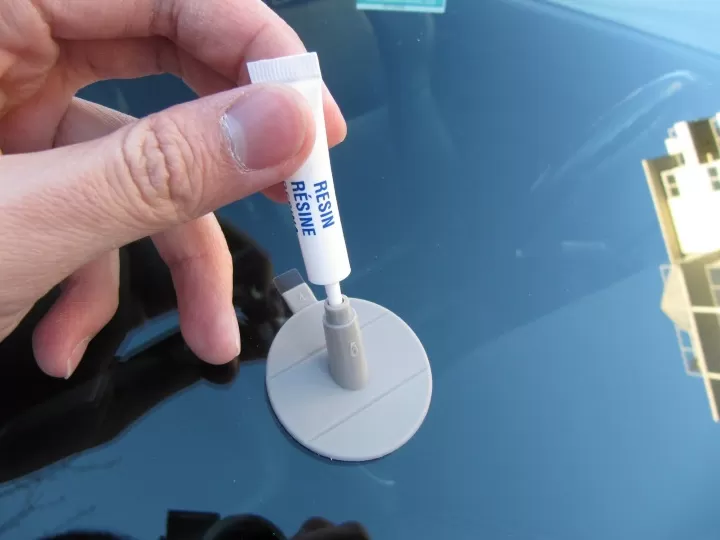
Servotronic - what it is, how it works and how it works
In a driving school, we are taught, first of all, the ability to handle the steering wheel - traffic safety and vehicle directional stability will depend on this. Thanks to such a device as a hydraulic booster, turning the steering wheel is much easier.
However, certain problems also arise, for example, it is more difficult to turn the steering wheel at low speed than at high speed, but in theory it should be the other way around. Agree that when you move around the city at low speed, you have to turn the steering wheel more often: when parking, when driving through roundabouts, when turning, and so on. In doing so, we are making some effort.
On a straight road, the picture is completely different - the driver moves at speeds of 90 km / h and higher, but the power steering works in such a way that at this speed less effort is needed to turn the steering wheel. One wrong move, and the car goes into the oncoming lane, goes into a skid.
At high speeds, it is much more difficult to control the situation. (This problem is solved by turning off the hydraulic booster at high speeds or switching to another mode).

In order for the efforts at different speeds to be distributed correctly, a device such as Servotronic, aka Servotronic, was created.
What does it give us?
When driving around the city with Servotronic, we need to put in less effort, especially when parallel parking or when reversing into a box, when the steering wheel literally has to be turned from the extreme left position to the extreme right. When we race along the track, the gain decreases, that is, we have to make more efforts to turn the steering wheel, which ensures directional stability and a smooth ride.
The device and principle of operation of Servotronic
Before we schematically describe the structure of the Servotronic system, it must be said that it is used on cars of the Volkswagen, BMW, Volvo, Porsche concerns. Many other manufacturers install electro-hydraulic boosters with “City” and “Route” modes; on the highway, the steering gain decreases, but in the city, on the contrary, it increases.

Servotronic is a complex system that consists of several key elements. A very important role is played by the power steering sensor or the steering angle sensor, as well as the speedometer sensor, which analyzes the current speed. In addition, the Servotronic control unit receives information from the ECU about the speed of rotation and the position of the crankshaft.
All these sensors collect information and transmit it to the control unit, which processes it and sends commands either to the bypass solenoid valve (if there is a power steering) or to the electric pump motor (electric power steering). Accordingly, at low speeds, the valve allows more hydraulic fluid to enter the power cylinder and the steering gain increases - the force is transmitted from the traction and the wheels turn. If there is an EGUR, then the pump motor starts to rotate faster, increasing the flow of fluid into the tank.

At high speeds, the exact opposite happens - the valve receives a signal from the Servotronic control unit to reduce the flow of fluid, the steering gain decreases and the driver has to exert more effort.

To fully understand the principle of operation of Servotronic, you need to know how various power steering systems work: hydraulic, electro-hydraulic or electric.
Servotronic, on the other hand, only slightly corrects their work, adjusting the steering gain for specific driving modes. The main actuating elements in different systems are an electromechanical valve or an electric pump motor. More advanced systems are also being developed, which over time will greatly simplify and make the driving process safer.
Loading…

